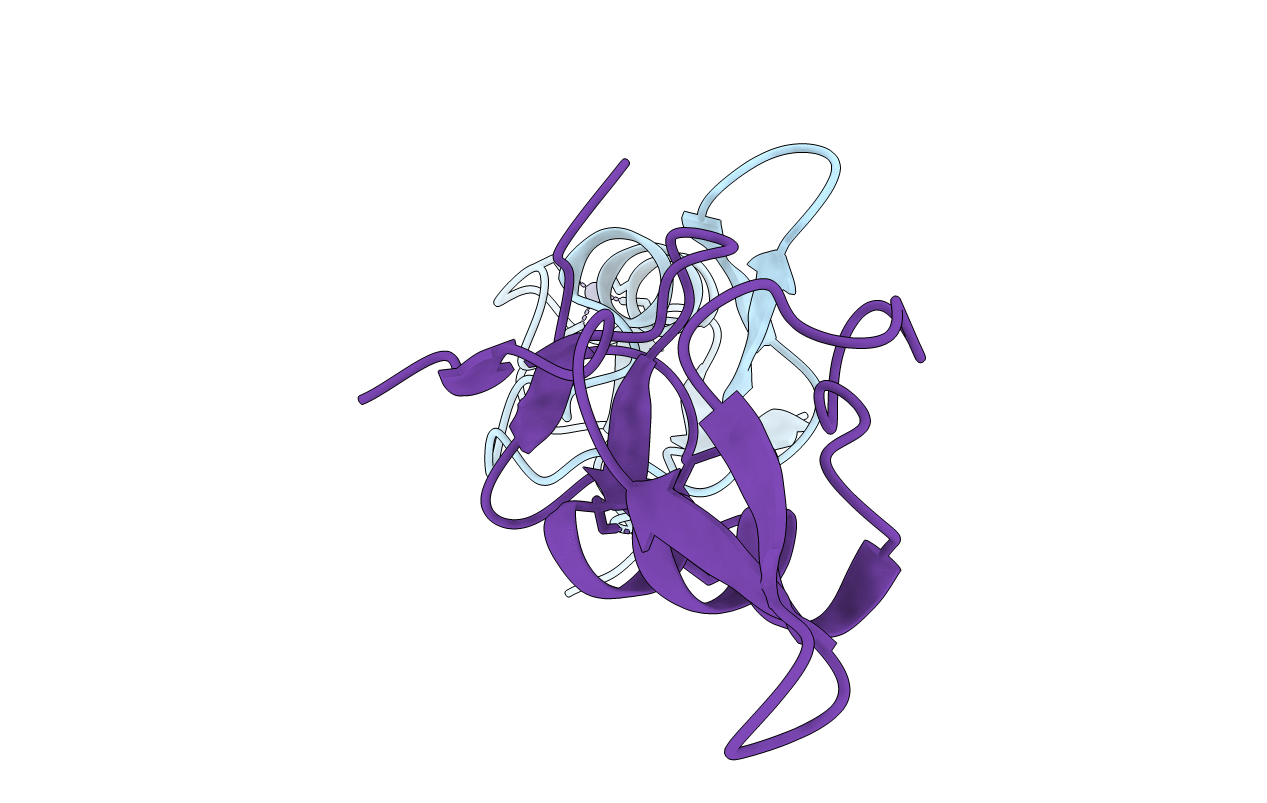
Deposition Date
2021-12-20
Release Date
2022-06-29
Last Version Date
2024-02-28
Method Details:
Experimental Method:
Resolution:
1.52 Å
R-Value Free:
0.19
R-Value Work:
0.18
R-Value Observed:
0.18
Space Group:
P 1 21 1


